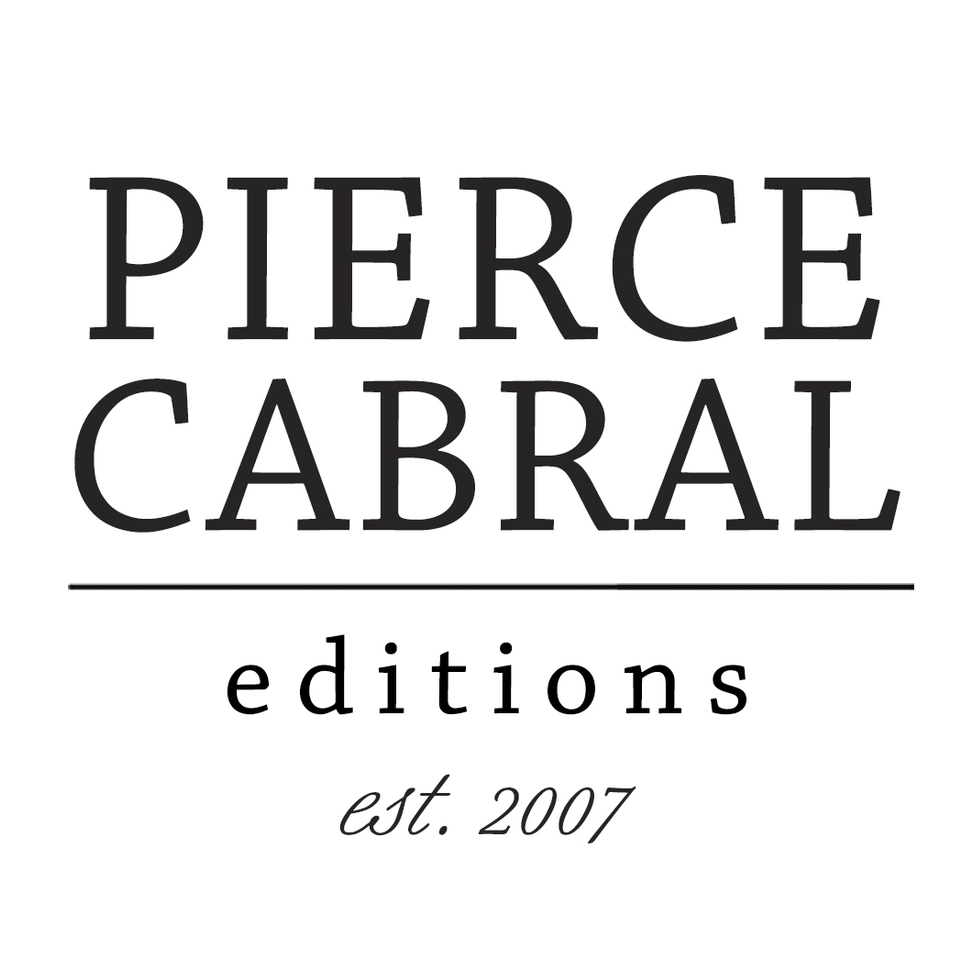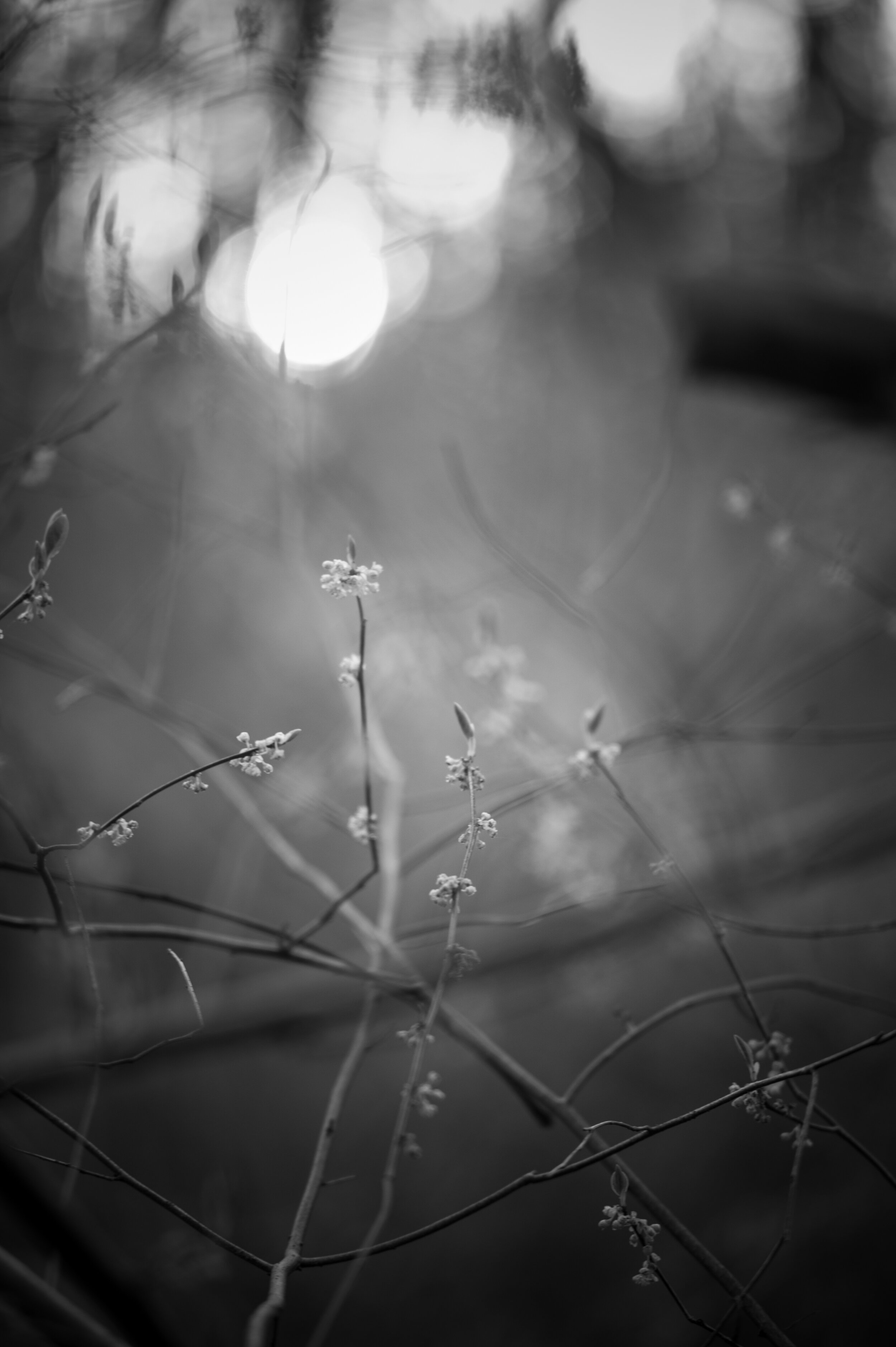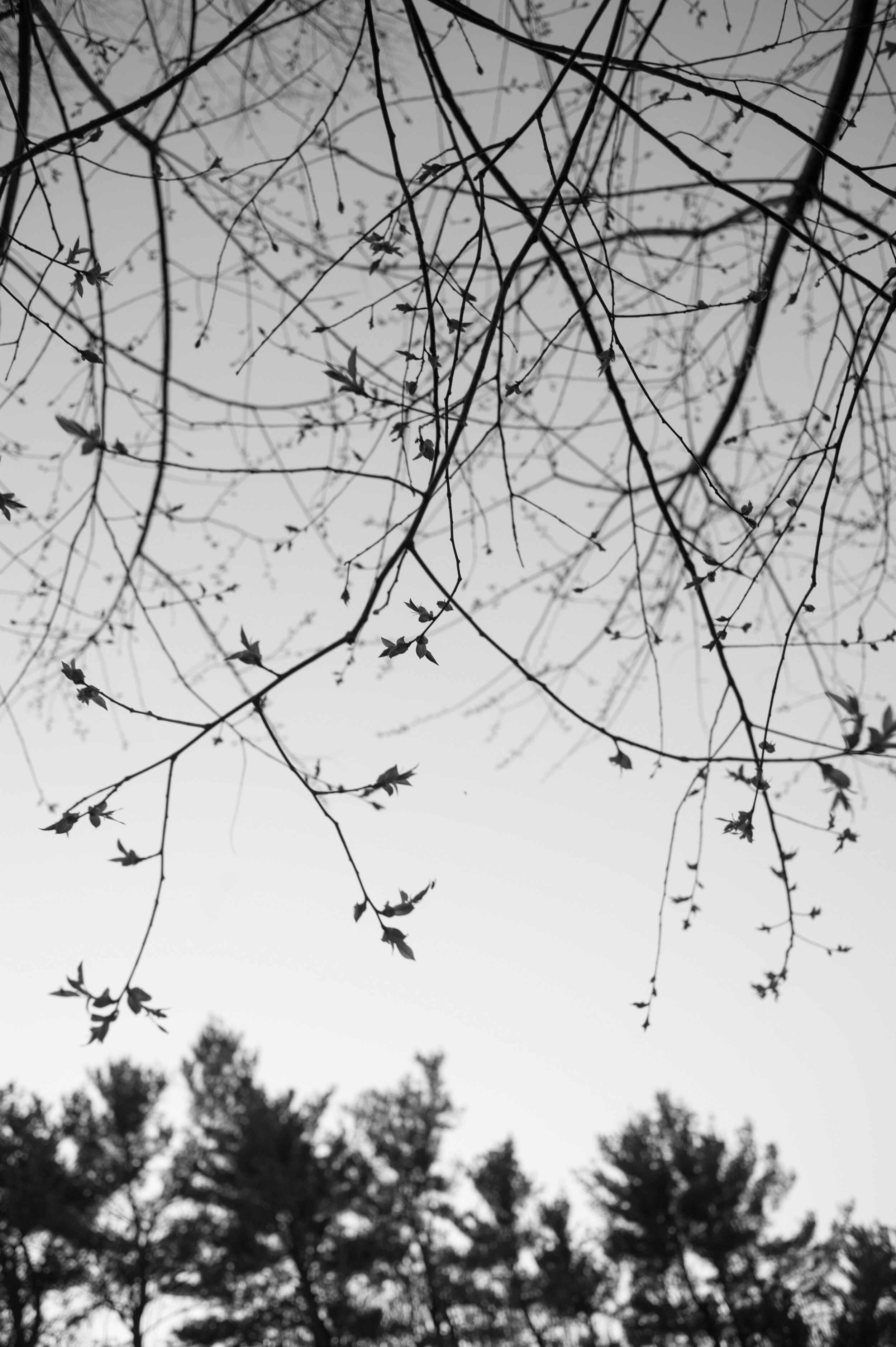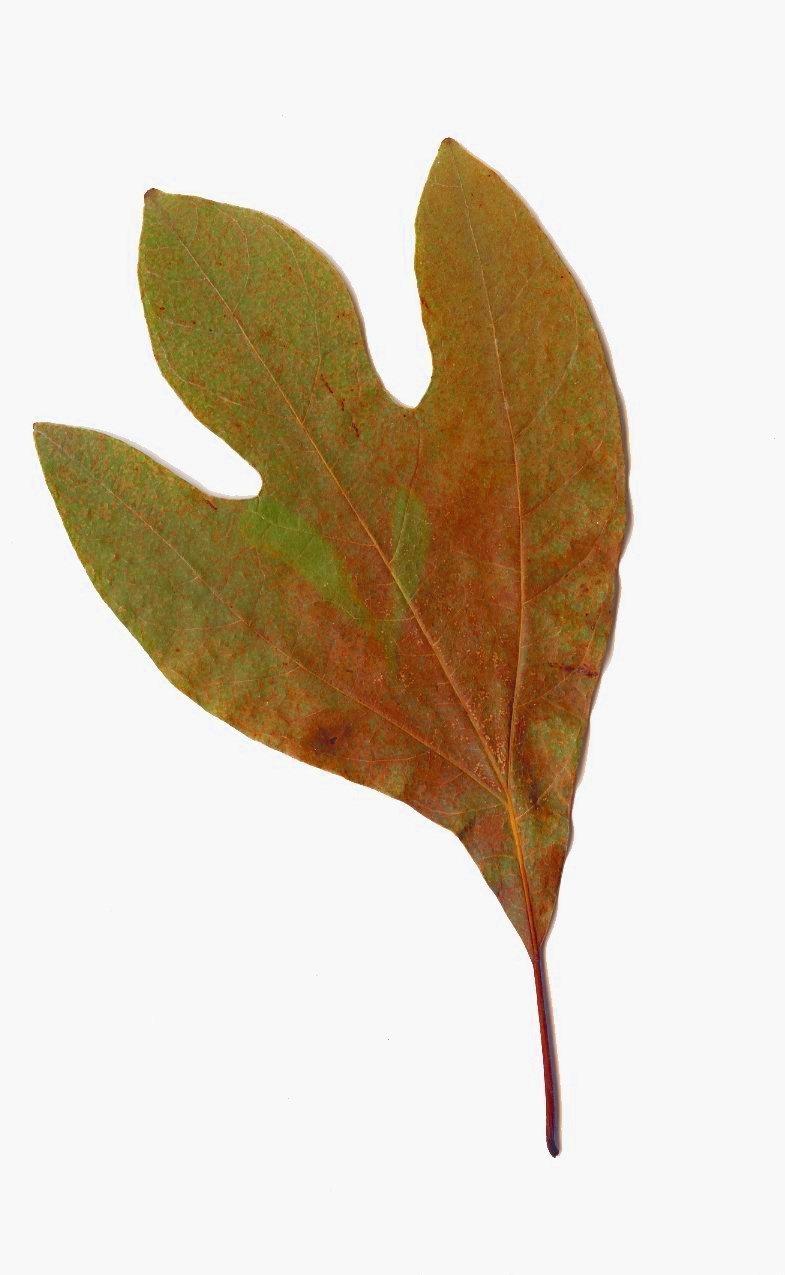Mistletoe Et al.
I created an archival digital print that is a more permanent and stable than the alternative anthotype photo technique allows. By digitally combining the evanescence of matcha prints with a positive transparency of the Mistletoe plant I can now offer a limited edition print set.
newly released & limited edition Print catalog available upon request.
Mistletoe Et al. 03 - Combination of matcha anthotype and digitally generated positive transparency reproduced on pigment archival fiber based paper and digital inks.
Mistletoe Et al. 02 - Combination of matcha anthotype and digitally generated positive transparency reproduced on pigment archival fiber based paper and digital inks.
Mistletoe Et al. 01 - Combination of matcha anthotype and digitally generated positive transparency reproduced on pigment archival fiber based paper and digital inks.
Why Matcha?
I’ve chosen to incorporate the tones of Matcha tea leaves on these prints not only for the colors it generates as an antotype emulsion, but as a ceremonial protection where I combine two of my healing plant medicines agains cancer: Matcha and Mistletoe. Matcha is one of my daily rituals together with mistletoe cancer therapy. I sip Matcha for its antioxidant potency and I ingest mistletoe for its protective qualities against cancer.
Porque Matcha?
Optei por incorporar os tons das folhas de Matcha nestas impressoes não apenas pelas cores que gera como emulsão de antotipia, mas como uma cerimônia de protecão onde combino minhas duas plantas medicinais: Matcha e Mistletoe (Viscum). Matcha é um dos meus rituais diários, juntamente com a terapia homeopática de Mistletoe (Viscum). Eu tomo Matcha por causa da potência antioxidante e eu aplico Mistletoe (Viscum) por suas qualidades protetoras contra o câncer.
The antotype emulsion I used to create this collection followed this recipe:
1 teaspoon of matcha
10 teaspoons of sake.
About 6 hours of exposure under direct sun, in the beginning of fall in the northeastern United States. Approximate coordinates - Latitude: 40.293793°, Longitude: -74.707426°
A emulsão de anthotipia que usei para criar esta coleção usou esta receita:
1 colher de chá de matcha
10 colheres de chá de sake.
Pelo menos 6 horas de exposição direta no sol, no início do outono no hemisfério norte. Coordenadas aproximadas - Latitude: 40.293793°, Longitude: -74.707426°
Mistletoe Et al.
~ My sister took me to lands laced with mistletoe. This is for her. ~
Scroll down for a Portuguese version of this text.
I learned this photo techinique during a workshop on alternative methods of printing using plants as emulsions or supports. These techniques of Anthotypes and Chlorophyll prints were introduced to me by a Brazilian artist and professor Liz Vasc.
Being part of the lively conversations in Portuguese spiced with the delicious accent of Northeastern Brazil from participating students and my “Paraibana” instructor were as soothing as the process of interacting with the essence and beings of the plant kingdom.
The only challenge was the assignment that asked to utilize native Brazilian plants and memories from our childhood. That was not available to me, as I now reside in the Northeast of the United State far away from Minas Gerais, the Brazilian state where I grew up.
To collect plants for this project I had to resort to the place I selfishly call: “My Forest” - a nature preserve not far from my house. It was my sanctuary during a crucial period of my life - my cancer diagnosis.
Some of my childhood plants and memories were recorded on a photo essay. Mamona, Abacate and Jaboticaba trees abound there.
See the photo essay: “This house is not yours” here.
Algumas das minhas plantas e memórias de infância foram registradas em um ensaio fotográfico. Árvores de mamona, abacate e jaboticaba abundam lá.
Veja o ensaio: “This house is not yours” aqui.
Mais fotos desta reserva podem ser vista no meu ensaio EXECUTIVE ORDER NO. 118
It was a long path to healing. But this patch of land was my haven. I laid on bed of flowers, soaked up the sun, listen to the song of leaves and filled my lungs with moist dew. It took all my energy to walk the two blocks from my house to get to this natural preserve as I was undergoing breast cancer treatment . But that was OK. Because spending energy to see beauty is the only journey worth taking.
As I walked the path of lushious greenery dripping with moisture from an afternoon rain to pick leaves for this project all I could hear was the whisper:
“The Mistletoe healed you. But we healed you too.”
And this project took shape. I called Mistleoe Et al. to represent all these fellow plants that witnessed my death and my REbirth taking place. I was born anew from this soil, and I am springing into childhood. I am only seven years old in this afterlife.
Layering Mistletoe leaves on top of other plants is a repeat of the process that happens in nature. Mistletoe mixes and lives symbiotically with different plants. I resist the negative definition of a parasitic plant given to mistletoe because it is from this “collaboration” - growing on an apple tree, a pine or an oak tree - that the cancer-curing qualities emerge in mistletoe.
What MISTLETOE Symbolizes?
I accepted to undergo the conventional breast cancer treatments - mastectomy, chemotherapy and radiation. But I opted to use an alternative cancer treatment based on the Mistletoe Plant as a coadjuvant medicine.
I ritually and sacredly give myself homeopathy injections made from the sap of mistletoe, produced according to the principals of Anthroposophic Medicine.
O que Mistletoe simboliza?
Aceitei submeter-me a tratamentos convencionais de câncer de mama - mastectomia, quimioterapia e radioterapia. Mas optei por usar um tratamento alternativo de câncer baseado na planta Mistletoe (Viscum Album) como medicamento coadjuvante.
Eu ritualmente e sagradamente injeto doses homeopáticas feitas da seiva do Mistletoe (Viscum Album), produzidas de acordo com os princípios da Medicina Antroposófica.
Eu pisei no chão onde a Terapia do Mistletoe foi criada ca. 1920. Veja como me senti ao me sentar na sombra de um Mistletoe na Klinik Arlersheim.
I wrote a bit about tattooing mistletoe on my body here.
The leaves you will see on some Clorophyll print samples are overlaid with a scanned image of the dried flowers and leaves of this soothing healer and protector of my body and soul. This sprig of Mistletoe was hand picked for me by the Brazilian biologist João Felipe Ginefra Toni dedicated to studying the healing properties of mistletoe in the Natural Science Section at the Gotheanum in Switzerland.
As folhas que você verá nas impressoes de Fitotipia foram sobrepostas com uma imagem scaneada das flores e folhas secas deste curandeiro calmante e protetor do meu corpo e alma. Este ramo de Mistletoe foi carinhosamente colhido para mim por um biólogo brasileiro João Felipe Ginefra Toni dedicado a estudar as propriedades curativas do Mistletoe na Seção de Ciências Naturais do Gotheanum, na Suíça.
“This is an ongoing project with it’s failures and sucesses. Not unlike my healing process - the unknown is simply inevitable.”
- Jennifer Cabral
Chlorophyll print on Milkweed leaf.
Create a Clorophyll Print
Crie uma fitotipia
Some of the leaves used in this chorophyll print study :
Quercus rubra L. Northern red oak
Asclepias syriaca. Common Milkweed
Vitis aestivalis Michx. Summer grape
Sassafras albidum. Sassafras
Acer rubrum. Red Maple
Hedera aralioideae. Ivy
Catalpa speciosa. Catalpa tree
Hosta Sieboldiana Elegans. Hosta Plant
Exposure tips:
Print an image on a transparency sheet.
Place transparency over leaf of your choice and place it inside an old glass photo frame. Make sure leaf is bright green and not dry.
Leave for about 3 to 4 days of exposure under direct sun, in the beginning of fall in the northeastern United States. Approximate coordinates - Latitude: 40.293793°, Longitude: -74.707426°
Algumas das folhas usadas neste estudo de fitotipia:
Quercus rubra L. Northern red oak
Asclepias syriaca. Common Milkweed
Vitis aestivalis Michx. Summer grape
Sassafras albidum. Sassafras
Acer rubrum. Red Maple
Hedera aralioideae. Ivy
Catalpa speciosa. Catalpa tree
Hosta Sieboldiana Elegans. Hosta Plant
Dicas de exposição:
Imprima uma imagem em uma transparencia.
Coloque transparencia sobre uma folha de sua escolha e coloque em uma moldura de vidro antiga que tenha em casa. Escolha uma folha bem verde e nao seca.
Deixe de 3 a 4 dias de exposição direta no sol, no início do outono no hemisfério norte. Coordenadas aproximadas - Latitude: 40.293793°, Longitude: -74.707426°
Chlorophyll print on Northern red oak leaf.
Chlorophyll print on Sassafras leaf.
Texto completo em Português.
Mistletoe Et al.
Durante este outono estou participando da aula de fotografia sobre métodos alternativos de impressão usando plantas como emulsões ou suportes. Estou aprendendo a técnica de Antótipia e Fitotipia no curso: “As Plantas Sentem: Estudos de auto-retrato e fitotipia“ com a cianotipista e escritora Li Vasc.
Atender as aulas online entre animadas conversas em português temperadas com o delicioso sotaque nordestino dos alunos participantes e da artista “Paraibana” que nos instrui é tão confortante quanto o processo de interação com a essência e os seres do reino vegetal.
O único desafio foi a tarefa que pedia para utilizar plantas das memórias de nossa infância. Mas as plantas nativas brasileiras que permearam meu mundo de criança não estão disponíveis para mim, pois resido em outro nordeste, o dos Estados Unidos da America, bem longe de Minas Gerais, o estado brasileiro onde cresci.
Para coletar plantas para este projeto escolhi o lugar que chamo egoisticamente de “minha floresta” - uma reserva natural não muito longe da minha casa. Foi meu santuário quando minha vida tomou uma curva inesperada: meu diagnóstico de câncer.
Foi um longo caminho para a cura. Mas este pedaço de terra foi a minha pousada. Deitava em seus campos de flores, aquecia meu corpo ao sol, acalmava ao cantar das folhas e enchia meus pulmões de orvalho. Gastava toda a minha energia para chegar até esta reserva natural, que fica à dois quarteirões da minha casa. Mas tudo bem. Porque usar nossa energia para ver a beleza é uma jornada que vale a pena.
Para colher folhas para este projeto eu caminhei pela vegetação que me e tão familiar enxarcada pela chuva da tarde. Ao passar por entre as plantas elas conversaram comigo como sempre fizeram. Um sussurro foi claro:
“O Mistletoe (Viscum Album) lhe curou, mas nós curamos você, também.”
E assim este estudo tomou forma. Dei o título Mistleoe Et al. para representar todas estas plantas que testemunharam minha morte e meu renascimento. Nasci deste solo e estou brotando em uma nova infância. Tenho apenas sete anos nesta vida após a morte.
Colocar as folhas do Mistletoe em camadas sobre outras plantas e uma repetição do processo que acontece na natureza. Mistletoe se mescla e vive simbioticamente com diferentes plantas. Resisto a definição negativa de planta parasita dada ao mistletoe porque é desta "colaboração" - crescer numa macieira, num pinho ou num carvalho - que as qualidades de cura contra o câncer emergem no mistletoe.
Este é um projeto em andamento em fitotipia e antotipia, com erros e acertos. Tal como no meu processo de cura, o desconhecido é inevitável.
Mistletoe Et. al
A evanescente impressão em matcha foi combinada digitalmente com uma imagem positiva transparente do Mistletoe para criar um fac-símile digital mais permanente e estável do que a técnica de antótipia permite.
Requeira Catalogo de Edições limitadas recentemente lançadas.
Some References:
Fabbri, M. (2014). Anthotypes - explore the darkroom in your garden and make photographs using plants. AlternativePhotography.com.
Antonini, M., Minniti, S., Gómez, F., Lungarella, G., & Bendandi, L. (2020). Experimental photography: A handbook of techniques. Thames & Hudson.













